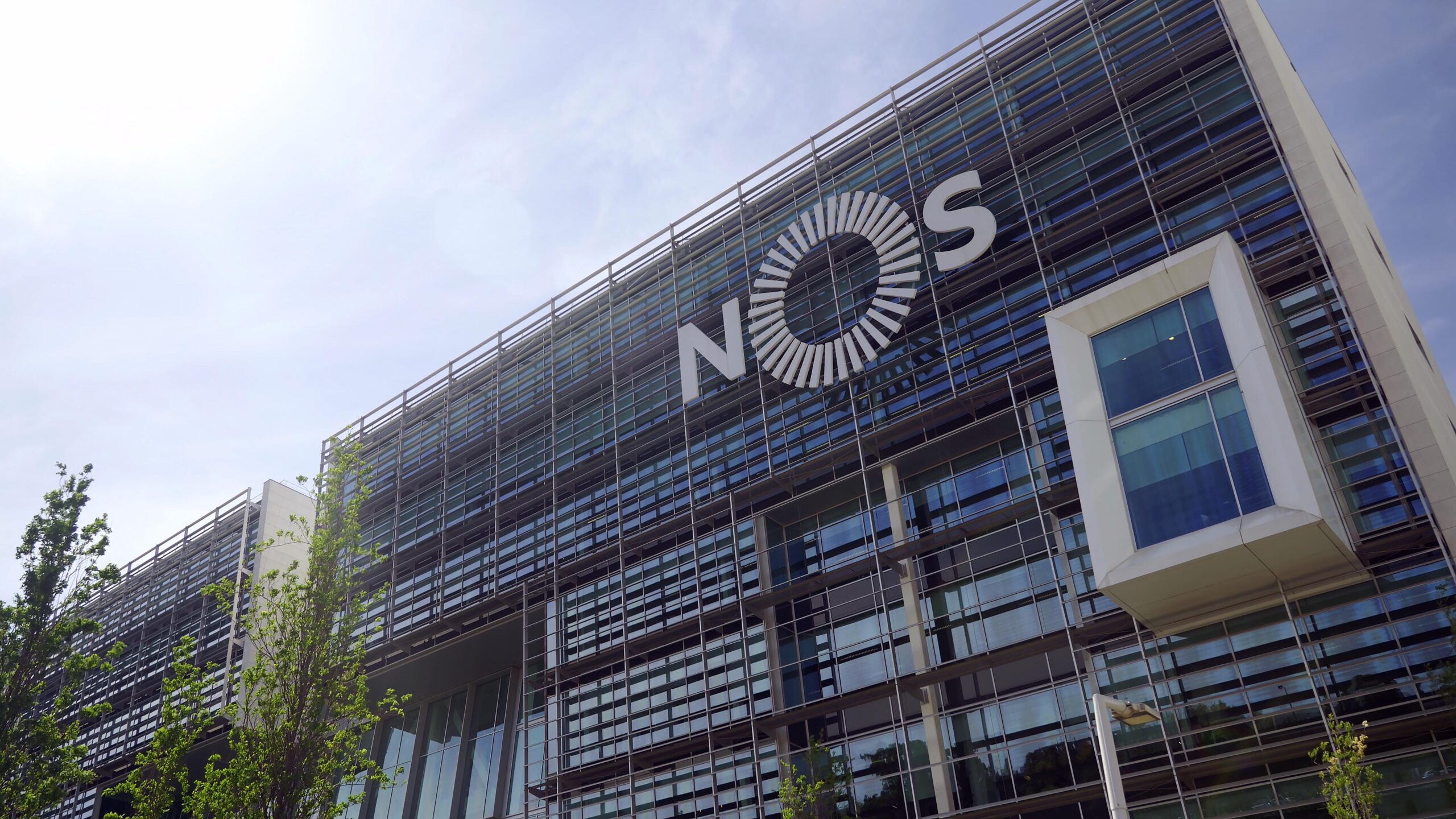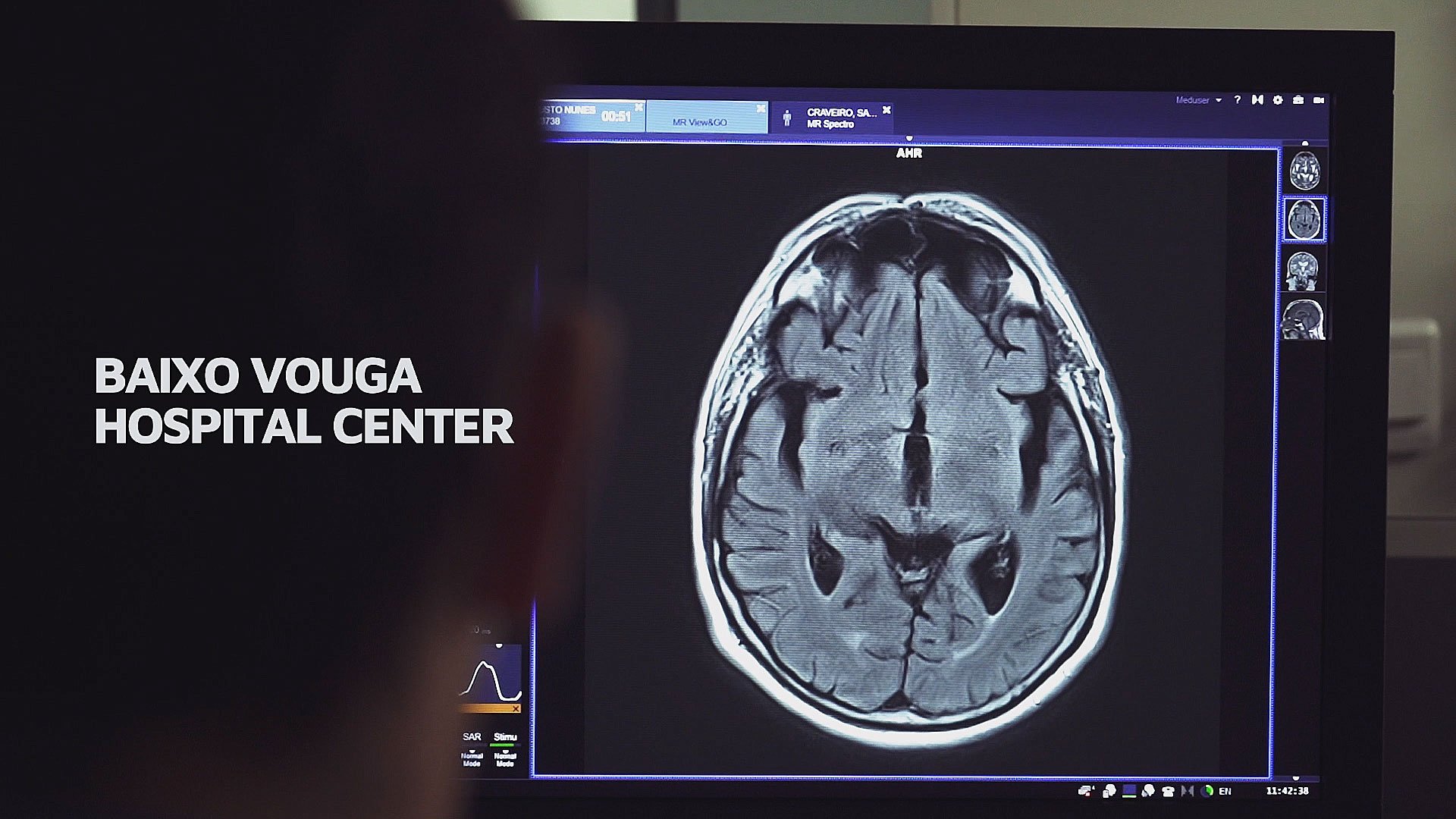Legacy applications in today’s technological era
Legacy Applications can cause businesses a variety of problems, such as high maintenance costs, security incidents, and noncompliance issues with regulatory requirements. This leads to inefficient resource and time expenses, which may severely hold back corporate growth. Nowadays, businesses must understand that reducing costs and increasing security and privacy are two of the most important factors they must consider in order to succeed.
What can businesses do to update and adapt legacy applications effectively?
Breakdown of organizations’ technologies
Conventional
Legacy
Modernized
Despite using technology that is considered outdated, Legacy Applications still provide some benefits to the businesses that use them. One of the most common reasons for keeping them is the strong sense of comfort and familiarity they provide. Since its users know how to use the software, there is little friction in the workflow. What they fail to recognize is the significant impact that keeping such systems has on the company’s profitability.
It may initially appear that by not upgrading companies are saving money, however studies show that when using legacy applications businesses may see a yearly budget expenditure rise of up to 15%.
Some of the highest costs are incurred in their infrastructure maintenance, mainly due to factors such as the difficulty in locating specialists with the necessary skills or the ongoing attention and resources required to ensure that no significant breakdowns occur with legacy infrastructure technologies like out-of-date Desktop Hardware and Operating Systems.
Impact from modernized IT systems
Legacy Applications “Modernization”
Most businesses avoid updating their systems because the process may be complicated, expensive, and time-consuming. They believe this either involves Rebuilding (redesign or rewriting the application component from scratch while preserving its scope and specifications) or Replacing (eliminate the former application component altogether and replace it, considering new requirements and needs at the same time) their previous system. The high risk of failure of these methods alongside the potential loss of critical data makes companies hesitant to move forward with the modernization of their Legacy Applications, as they heavily rely on these for their day-to-day operations and cannot afford having them down due to upgrade failures or data loss.
Nonetheless, what most companies are not aware is that there are numerous other ways to go through this process without having to resort to the traditional methods. Using Application and Desktop Virtualization can be a simple way to accomplish the modernization of the Legacy Application Desktop Hardware and Operating System layers without incurring in Replacing’s and Rebuilding’s high costs and risks.
Modernizing with Enterprise Open Workspace
EO.workspace enables IT Modernization by allowing the delivery of Legacy Applications anytime, anywhere, anyhow, to fully compliant and secure modern end-user devices (even mobile) in less than 30 days. With EO.workspace, there is no need to install the Legacy Application on the end-user device, allowing companies to deliver these applications from a comprehensively managed, secure and performant Cloud or Data Center infrastructure. They can even use Application Bubble technologies in conjunction with EO.workspace to take security and privacy of Legacy Applications to the next level.
But is there an urgent need to modernize Legacy Applications?
A study conducted by Avanade, evidenced that the biggest outcome offered by an IT modernization is likely to be the benefits/ improvements to business productivity (69%). It can also boost business innovation (57%) and reduce operating and IT costs. The modernization of legacy applications will highly benefit not just the IT department, but also the business as a whole.
ROI benefits of IT Modernization
Given the current state of uncertainty, and despite the difficulty of deciding whether to maintain a legacy system or improve it, businesses must constantly work towards improving their IT in order to make it more cost effective, secure, and agile. Rather than using traditional methods to modernize these Legacy Applications, which tend to be riskier, slower, and more expensive, businesses can use EO.workspace and have a significant modernization project that creates value in less than 30 days.
So, the answer is YES! Given its benefits, businesses should begin modernizing these systems as soon as possible.





